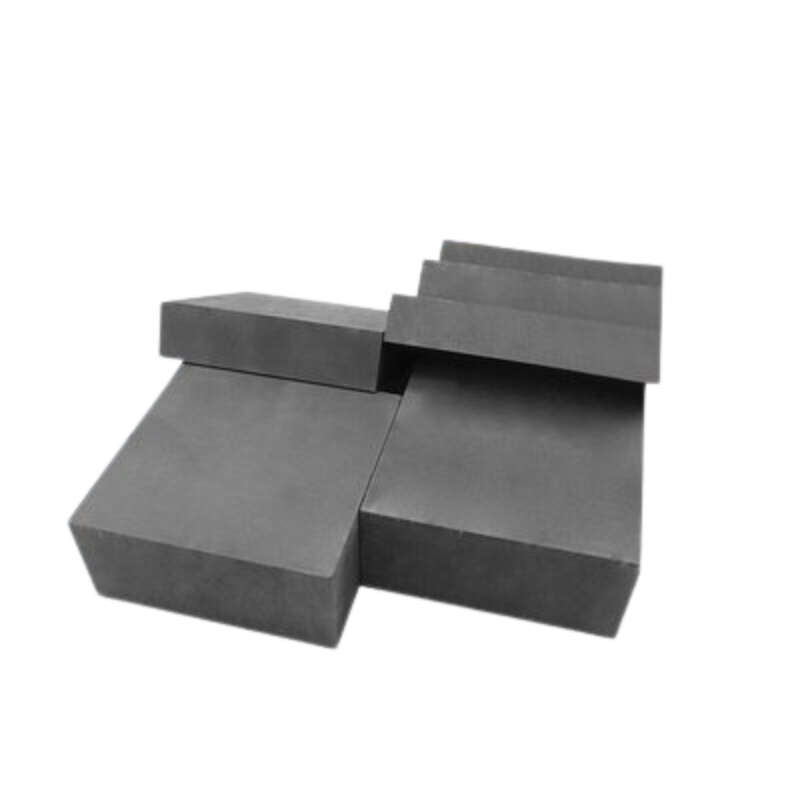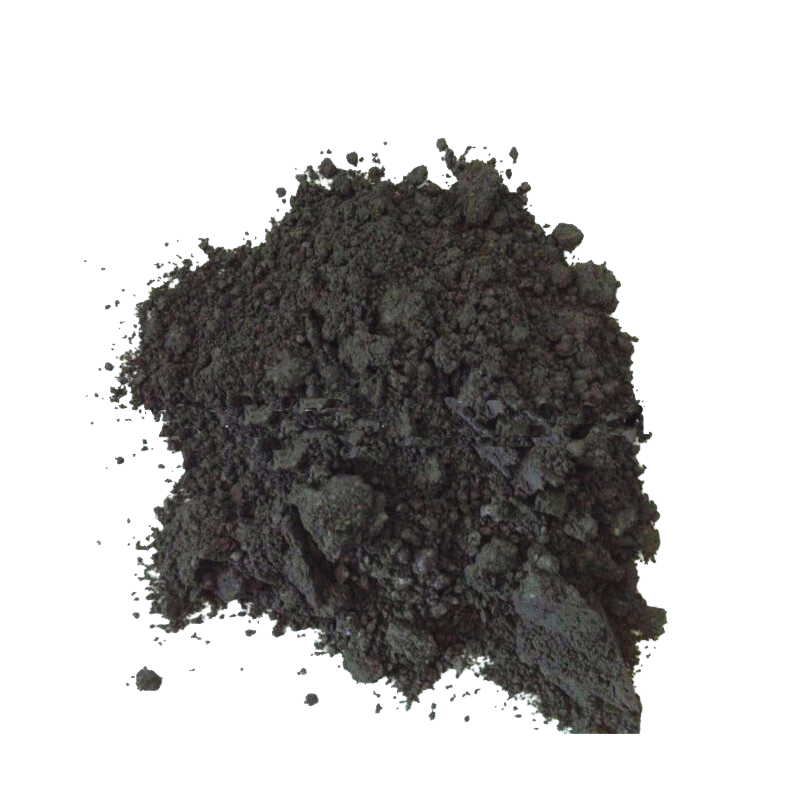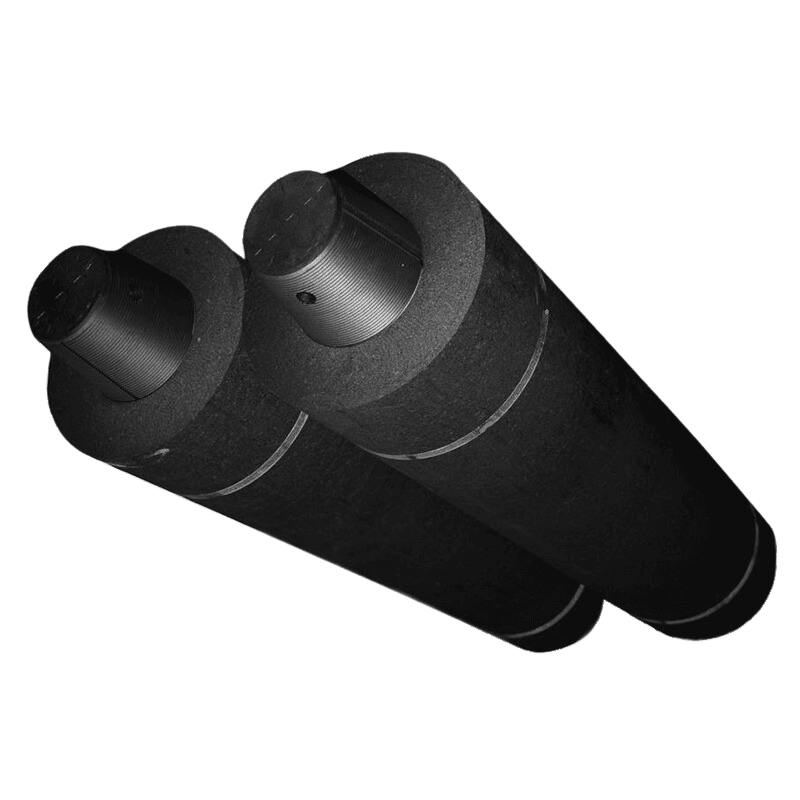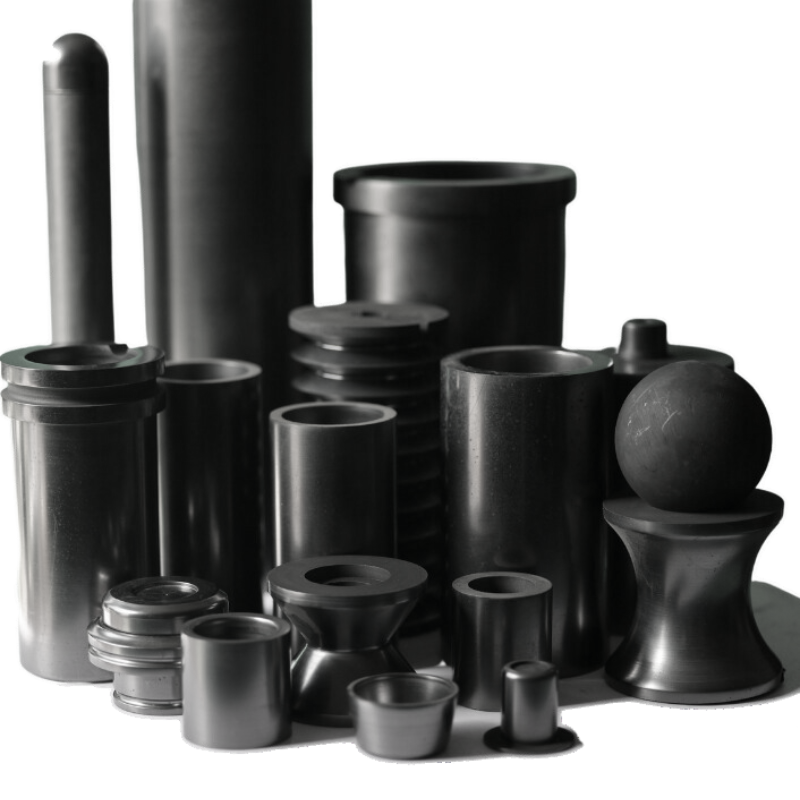Introduction:
Graphite molds have emerged as crucial tools in the manufacturing industry, playing a pivotal role in the production of wear-resistant parts. The unique properties of graphite make it an ideal material for molds, facilitating intricate designs, high precision, and durability. In this article, we will delve into the diverse applications of graphite molds in the production of wear-resistant parts, exploring the key advantages and innovative techniques that contribute to the manufacturing process.
Graphite Molds: A Versatile Solution:
Graphite molds have gained widespread acceptance across various industries due to their versatility. They are particularly favored in the production of wear-resistant parts, where precision and resilience are paramount. The ability of graphite molds to withstand high temperatures and corrosive environments makes them indispensable for crafting components that endure wear and tear.
Precision Engineering with Graphite Molds:
One of the primary advantages of using graphite molds in the production of wear-resistant parts is the level of precision they offer. Graphite, with its excellent machinability, allows for the creation of intricate designs and fine details. This precision is crucial in manufacturing wear-resistant parts, ensuring that the final products meet stringent quality standards.
Enhanced Durability and Wear Resistance:
Graphite molds contribute significantly to the durability and wear resistance of the final parts. The material’s inherent strength and resistance to deformation make it an ideal choice for molds used in the production of components exposed to harsh operating conditions. Whether it’s automotive components, industrial machinery, or cutting-edge tools, the wear-resistant parts produced with graphite molds exhibit enhanced longevity and performance.
Innovative Techniques in Graphite Mold Manufacturing:
Advancements in manufacturing techniques have further elevated the role of graphite molds in producing wear-resistant parts. Computer Numerical Control (CNC) machining has revolutionized the precision and efficiency of mold production. This technique allows for the creation of complex shapes and intricate patterns with unparalleled accuracy, ensuring that wear-resistant parts meet the most demanding specifications.
Furthermore, the integration of additive manufacturing, commonly known as 3D printing, has opened up new possibilities in graphite mold design. This innovative approach enables the rapid prototyping of molds, reducing lead times and enhancing the overall efficiency of the production process. The combination of CNC machining and 3D printing allows manufacturers to achieve a perfect balance between precision and speed.
Applications Across Industries:
The applications of graphite molds in the production of wear-resistant parts are vast and varied. In the aerospace industry, where components must withstand extreme conditions, graphite molds play a crucial role in crafting wear-resistant parts for engines, turbines, and structural elements. Similarly, in the automotive sector, graphite molds are employed to manufacture durable and high-performance engine components, brake systems, and transmission parts.
Graphite molds also find extensive use in the production of wear-resistant tools for the construction and mining industries. The ability of graphite molds to handle the rigors of these demanding applications ensures that the resulting parts exhibit exceptional resistance to abrasion and impact.
Conclusion:
Graphite molds have become indispensable in the production of wear-resistant parts, offering precision, durability, and enhanced wear resistance. As manufacturing techniques continue to evolve, the role of graphite molds in crafting components for diverse industries will undoubtedly expand. The seamless integration of innovative technologies, such as CNC machining and 3D printing, ensures that graphite molds remain at the forefront of precision engineering, contributing to the creation of wear-resistant parts that meet the highest standards of quality and performance.





